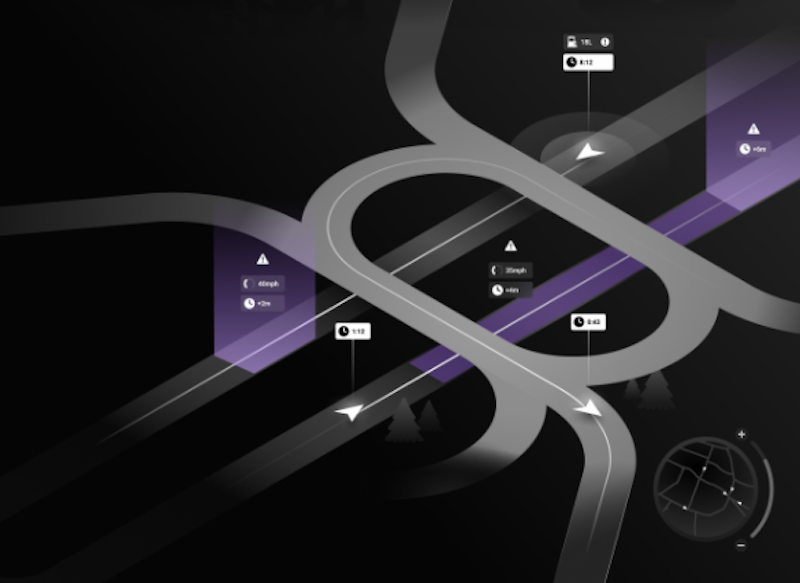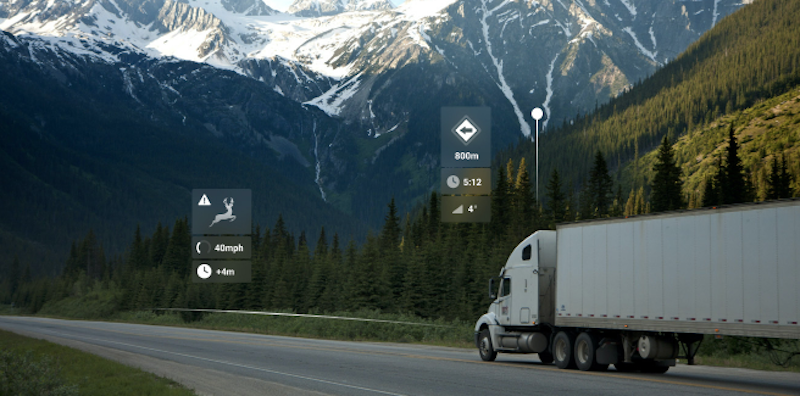
Three opportunities to implement new fleet management innovations
Like the automotive retail market, giant strides are being made in the fleet management industry.
Electrification has been introduced for long haul trucks and integration has radically altered what maintenance and refueling looks like.
5G technology has supplanted slower satellite and 3G data transmission for more accurate tracking, routing, and vehicle diagnostics. Dash cams have improved driver safety by preventing instances of distracted driving.
While these are mile markers for the industry, many additional opportunities exist to implement fleet management technologies.
Some are intended for improving safety while others are to simplify the driver’s user experience or keep them accountable. For the fleet team, these fleet management solutions streamline operations and trims the fat on unnecessary expenses.

Real-time alerts
A quick YouTube search will reveal clip after clip of near-misses and catastrophic collisions, often captured by a fleet driver’s dash cam.
This data is fantastic for evidence to assign responsibility in traffic mishaps as well as teaching opportunities. However, many of these instances could be avoided with proactive alerts.
Providers like Samsara have developed systems that integrate artificial intelligence and machine vision for use among fleets.
Customizations in their technologies can detect when a driver is exhibiting behavior that could compromise their ability to make safe decisions and sound an alert.
Is the driver’s attention away from the road ahead? Is the distance between their vehicle and the traffic ahead of them dangerously short?
The ability to alert the driver before an imminent collision can save a fleet hundreds of thousands of dollars per instance – costs that ultimately get passed down to consumers.
Mercedes-Benz’ Attention Assist system is one example of how this type of tech has been introduced in automotive digital solutions. It means even more for fleet applications.
Enforcing compliance
Perhaps it’s the least sexy of all fleet management trends, but it’s among the most important: compliance. Maximizing a driver’s time on the road must be delicately balanced with precise logging requirements for commercial drivers.
Drivers can and do get penalized for violations, but ultimately the responsibility falls on the company to comply.
Electronic Logging Devices are the new normal for drivers, and developers like Lytx have innovative products that allow managers to monitor driver vehicle inspection reports (DVIRs) on a tablet or smartphone.
Other solutions include the mundane and complex task of reporting fuel taxes in the US according to where fuel is consumed, crossing state lines.
Rather than putting this data in the hands of an individual to painstakingly filter through, it can be managed by one of several apps. It reduces hours that could be better spent by personnel, and more accurately too.
Driver apps
For managers who handle a fleet of cars and fleet drivers who find themselves in a passenger vehicle, the challenge is continuously about streamlining processes to reduce the time it takes to complete tasks.
All too often, a task that seems routine and viewed as unnecessary is skipped, leading to issues that can’t be accurately tracked. Such is the case for vehicle damage when daily walkarounds aren’t completed, and it’s why automotive digital services are emerging constantly.
Especially in areas where paper was the primary media, driver apps can make tasks like a walkaround less irritating.
Along with checklists, apps like Verizon Connect can be a one-stop shop for route generation, POIs, and offline map access, plus many other customizable projects.
Not only does it make a driver’s job easier, but it reduces calls to the office and allows damage to fleet units to be tracked and assigned for repair quickly.
Fleet management solutions are a focal point to modernize processes in the coming years, and players in the automotive and mobility industry like Star will undoubtedly be sinking resources into developing Tier 1 and Tier 2 services and tools with trusted brands.
